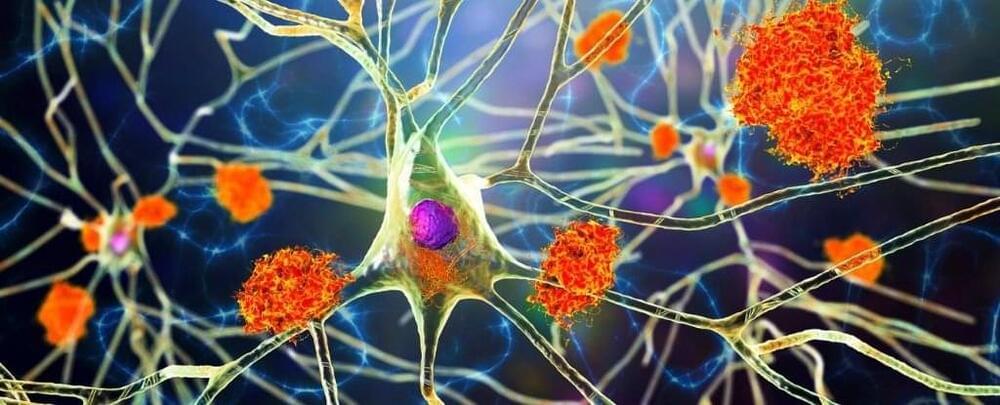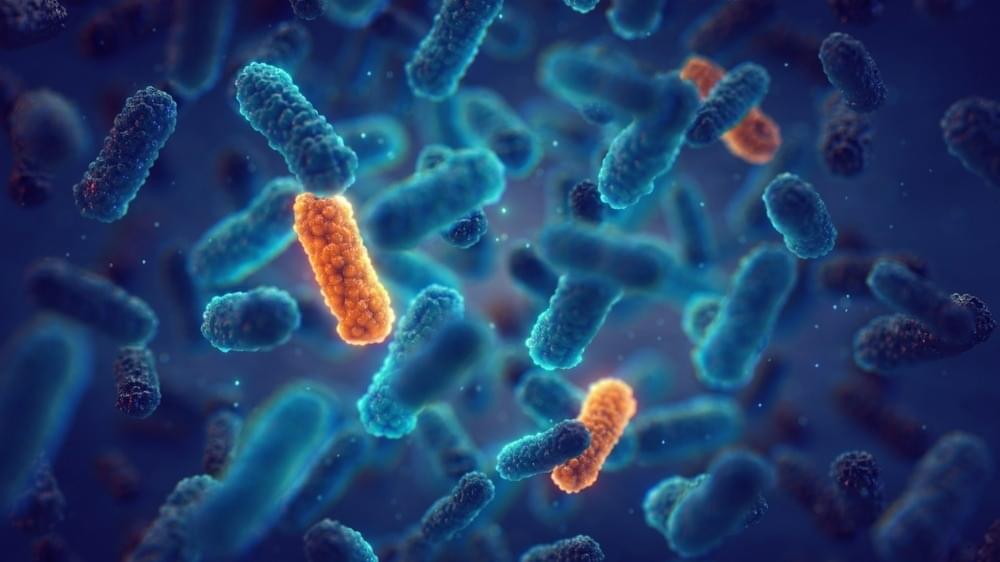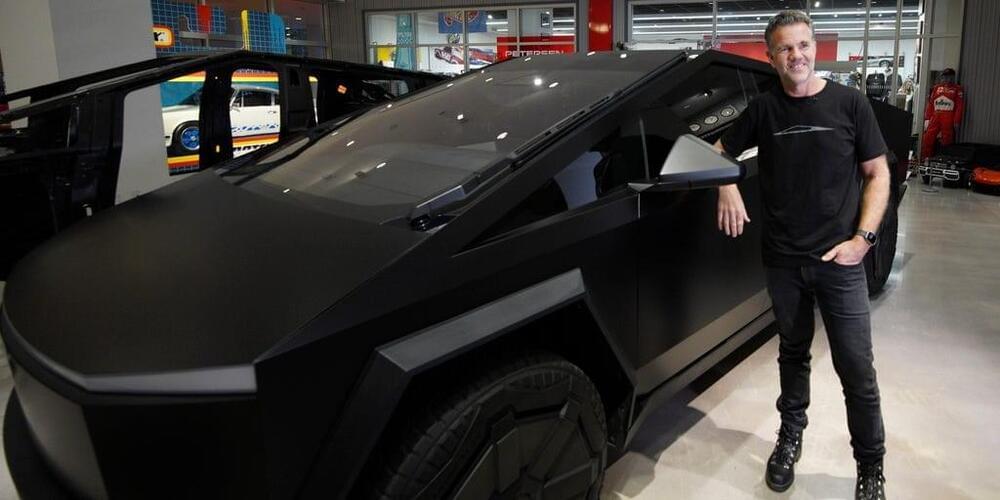A study of around 500,000 medical records suggested that severe viral infections like encephalitis and pneumonia increase the risk of neurodegenerative diseases like Parkinson’s and Alzheimer’s.



Recent studies by Zampaloni et al. and Pahil et al. published in the journal Nature describe a novel method of inhibiting the growth of Gram-negative bacteria such as Acinetobacter using antibiotics consisting of macrocyclic peptides that target the bacterial protein bridge machinery that transports lipopolysaccharides from the cytoplasm to the outer membrane.
The amphipathic lipopolysaccharides in the outer leaflet of the asymmetric outer membrane bilayer of Gram-negative bacteria block antibiotic entry, making the treatment of bacterial infections involving Gram-negative bacteria difficult. Furthermore, the development of antibiotic resistance in bacteria, especially Gram-negative bacteria such as Acinetobacter baumannii, is a rapidly increasing global health concern since antibiotic-resistant bacterial infections are becoming increasingly common among hospitalized and critically ill patients.
The lipopolysaccharide is synthesized inside the bacterial cell in the inner membrane, transported across the cell membrane, and assembled in the outer leaflet. The transportation of lipopolysaccharides occurs with the help of LptB2FGC, a subcomplex in the inner membrane that enlists adenosine triphosphate (ATP) hydrolysis and a protein bridge to extract lipopolysaccharides from the inner membrane and transport it to the outer membrane. Targeting this transportation complex could effectively inhibit the lipopolysaccharide biosynthesis, making the Gram-negative bacteria susceptible to antibacterial activity.


Scientists say they have developed a new type of antibiotic to treat bacteria that is resistant to most current antibiotics and kills a large percentage of people with an invasive infection.
The bacteria, Acinetobacter baumannii, can cause serious infections in the lungs, urinary tract and blood, according to the US Centers for Disease Control and Prevention. It’s resistant to a class of broad-spectrum antibiotics called carbapenems.
Carbapenem-resistant Acinetobacter baumannii, also known as CRAB, was at the top of the World Health Organization’s list of antibiotic-resistant “priority pathogens” in 2017. In the United States, the bacteria caused an estimated 8,500 infections in hospitalized patients and 700 deaths that year, according to the most recent data from the CDC.

The Cybertruck has only been out for a month, and in limited numbers, but some Tesla owners are already customizing their vehicles.
New Cybertrucks are getting colored wraps, window tints, and protective coverings. Joe Torbati, the owner of OCDetailing in Fremont, California, told Business Insider he’d received dozens of reachouts after posting a series of YouTube videos showing work he’d done for a new owner on their vehicle.
“We’ve probably been getting about 10 Cybertruck-related emails or contacts per day,” Torbati said. “Though, it’s not the traditional reason you would wrap a car, which would be to protect it — the point of this is more for just aesthetics,” he added.
Fusion is a kind of nuclear power, which could revolutionise how clean energy is produced. As a new wave of experiments heats up, can fusion live up to the hype?
00:33 The future of green energy.
02:00 What is nuclear fusion and how does it work?
03:17 Is it achievable?
Sign up to The Economist’s daily newsletter: https://econ.st/3s9WjPB
Energy security gives climate-friendly nuclear-power plants a new appeal: https://econ.st/3QHgdd1
Listen to our podcast about the importance of private companies in advancing nuclear fusion https://econ.st/49n7aqa.
Fusion power is coming back into fashion: https://econ.st/49jPwDu.



Every legislative session is presented with too many bills and, in recent years, too slim of a majority to get the good ones to the Governor. But because we have so many new ideas, there are always some you might not expect, like legislation to ban weather modification.
To be clear, I’m not making fun of the bill or its sponsors. In a world where some folks can’t shut up about unnecessary “emissions” or pollutants in our atmosphere, this should play well on both sides of the aisle. New Hampshire House Bill 1,700 (HB1700).
